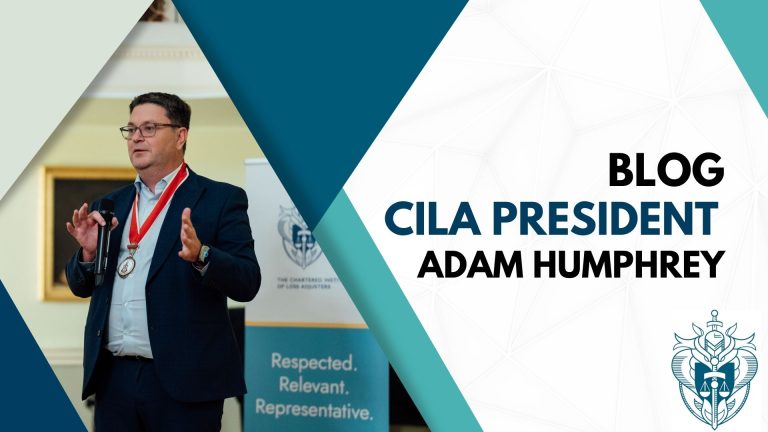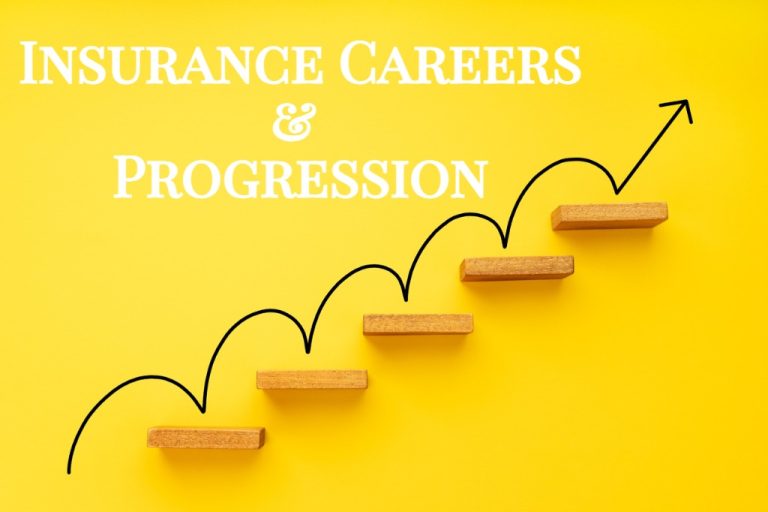The changing workplace within the Insurance Industry

Workplace structure
By Nicole Lawrence, Sedgwick International & Women in CILA Rep
Since the pandemic there has been a great shift from the 9-5 office structure, short lunch breaks and for some, negotiating a crowded commute on the tube. The Insurance industry is no exception to this. Working from home has been part of the loss adjusting profession long before the pandemic, usually only reserved for more senior practitioners or used more sparely between in-person site visits.
More recently the dynamic between working in the office and working from home has shifted once again. Increasingly, many insurance consultants are working from home, enabled by advancements in technology such as, Microsoft virtual team meetings and changes to the in-person office environments.
For many this has been a welcomed change. It also demonstrates that the insurance industry can be quick to adapt to significant changes in working practices. It has enabled us to engage with our clients and customers in new and innovative ways. We have also managed to incorporate the management of our own lives far more effectively, such a carer responsibilities and childcare arrangements.
The vast majority have managed to do this whilst maintaining a work life balance. Nonetheless, it is important to recognise that the lines have become more blurred between our once impenetrable home life and work. The formality of the office allowed employees to set boundaries where applicable, outside normal working hours. These restrictions can be more difficult to implement when working from home.
Working from home may be more convenient, but what are the social and development considerations? Attracting the next generation of Millennials/ Gen Z is harder in a constricted labour market.
The insurance industry needs to be proactive in understanding the skills gap and implementing development strategies to nurture talent. The office environment in insurance still an essential place, especially for the younger entrants.
Developing social skills and learning from more senior colleagues is paramount in ensuring technical and personal skills are maintained in a competitive and people driven industry. The next generation have a lot of modern and interesting ideas that can be equally useful in practices such as reverse mentoring. Such ideas can be enriched in the office environment.
Employment Attrition
Another notable change within the insurance workplace is the employee attrition. The pandemic accelerated many into early retirement within the insurance industry. There is a need to develop newer and existing candidates and to close the skill gap. The expectation for employers now is to fulfil requirements beyond just technical expansion. The hiring procedure needs to be fit for purpose. If we are more diverse and creative in our hiring criteria/process, the workforce itself will inevitably be more diverse. It is important that outreach isn’t confined to those just within the insurance industry and the scope is much wider. The traditional skills that may have been required previously, need to be revisited.
There are a lot of transferable skills from other industries such as technology and science that should not be overlooked. Technology/Data and global outreach will be the future, so the skills our insurance consultants possess need to align accordingly.
Finally, companies need to pay close attention to the demands of the workforce, from mental and social wellbeing, networking, clear maternity/paternity plans, mentoring, clear development plans and a degree of flexibility applied to people’s individual circumstances. Understanding the needs of the workforce will promote greater retention. The renewed focus on attracting diverse talent is important. If our industry looks attractive – dynamic and agile ways of working, diverse pool of talented colleagues, good developments pathways, high customer and client engagement- then the diverse talent will naturally follow.



